Rick VanSickle
With his trusty thief, Thomas Bachelder draws a generous sample of Pinot Noir from a Tonnellerie Sirugue Nuits Saint Georges gently used oak barrel, just like he’s done a million times before. But this is different, it’s the start of something much, much bigger.
Also in this Niagara Wine Report: New wine reviews for Cloudsley Cellars, Big Head Wines and Henry of Pelham.
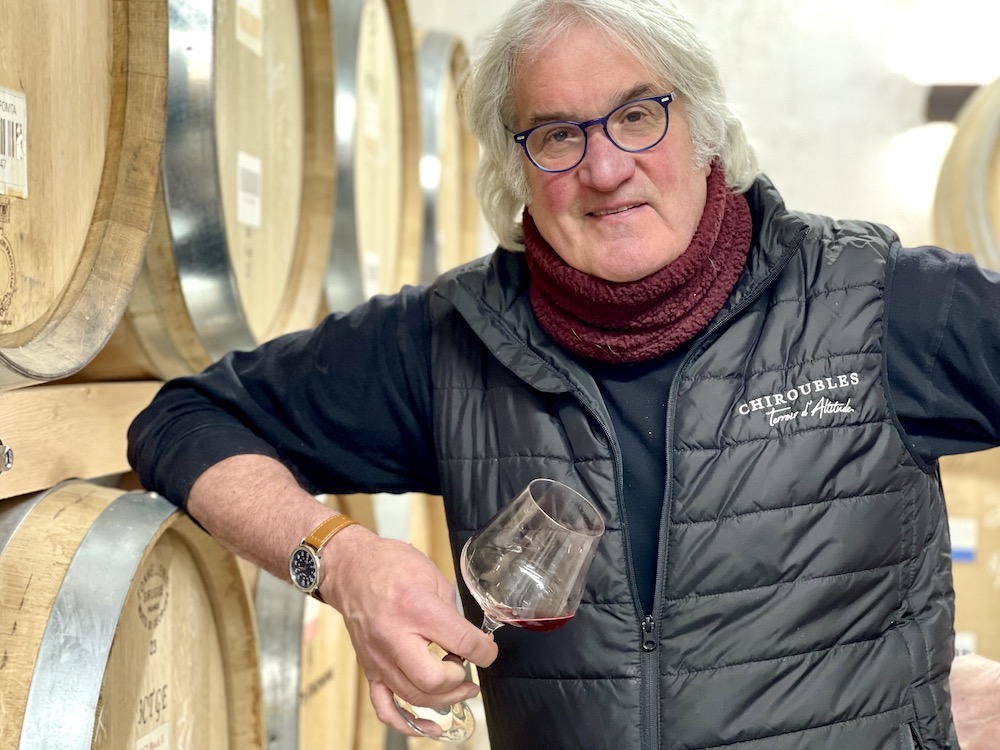
The 2023 Pinot sample is from a barrel marked “Mountainview Pinot Noir 510,” now on site at the newly named Domaine du Clos Jordanne and being birthed in the cellar at Arterra Wines Canada’s purchase last year of the Angels Gate Winery on the Beamsville Bench. Bachelder is doing a lightning round of sampling on this day, drawing wine from barrels and, like the wine savant that he is, assigning attributes quickly, precisely and all the while making mental notes of where these new Beamsville Bench Pinots might fit into the Domaine Clos family going forward.
“This is more rounded, perfumed and concentrated,” Bachelder says of the Mountainview sample, because of its closer proximately to Lake Ontario. He quickly migrates to a barrel of Jordan Bench Pinot Noir from the original Le Clos plantings. The Claystone Vineyard is 11 kms from the Beamsville site and shows more “tension, verve and austerity, and all that bloodiness, iron-y, steak tartare …”
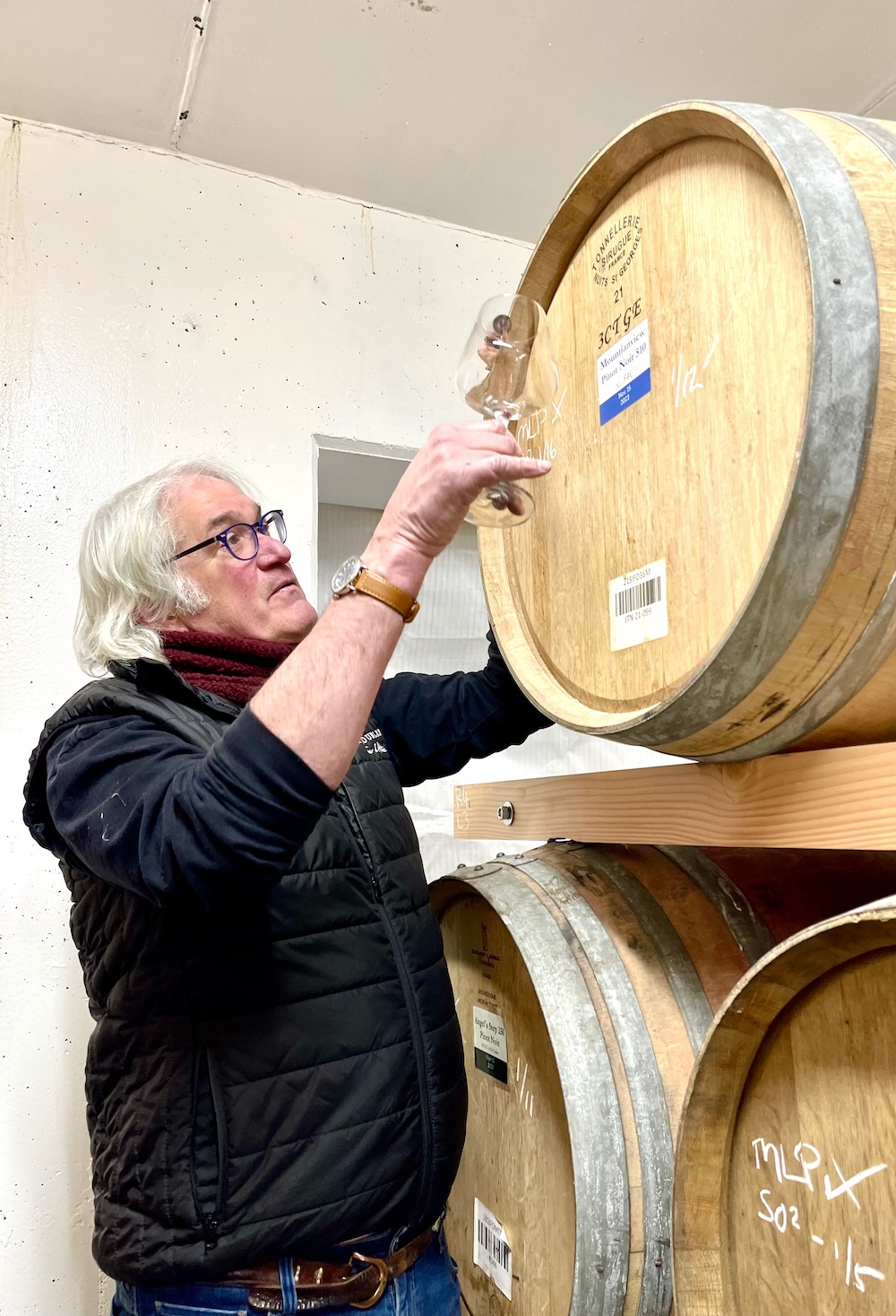
This will be the drill, a perpetual routine of taste-spit, taste-spit for two years before consumers will see the final blends of the 2023 Domaine du Clos Jordanne Pinot Noirs and Chardonnays. But for now, “we’re just letting our children be our children and keeping them apart.” Me? I’m just trying to keep up with Bachelder, who always seems to be a few barrels ahead of me as I madly scratch notes in my writing pad and snap iPhone photos.
With the purchase of Angels Gate by Arterra, 20 hectares of Pinot Noir and Chardonnay at two sites have now been added to the pool of grapes that also includes 50 acres at the original Jordan Bench site. Wine from the 2023 vintage, from all terroirs, was barreled down at the domaine’s new Beamsville Bench home, which is slowly being transformed into the estate it so richly deserves. Wines in Niagara did not get a glimpse of how the retail/tasting room is progressing, leaving Arterra to unveil its hard work with a grand opening likely this summer. We also agreed to not show wide shots of the cellar before it gets a makeover.
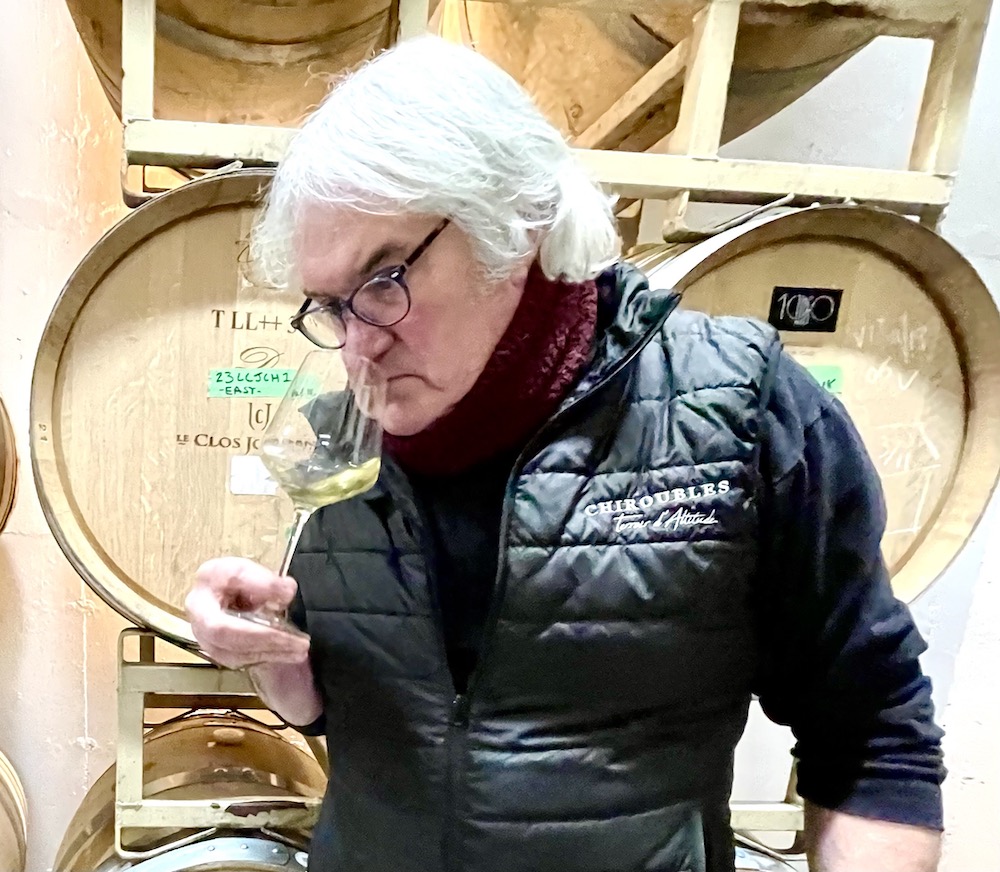
The redesign of the old Angels Gate tasting and retail facility will be the first phase of the redesign, with the cellar and likely build-out to accommodate an already cramped space to take place after that. As of now, there is enough wine in barrels at the site for a potential of 16,000 cases of 2023 Chardonnay and Pinot Noir with not a lot of extra room for more barrels when the 2024 fruit comes in next fall.
As for now, Bachelder does not know what the 2023 portfolio will look like with the new Beamsville Bench fruit introduced into the family. He’s quickly tasting and retasting the hundreds of barrels to map their progression. “It’s so neat,” he tells me as we taste deep in the cellar, “we’re just so proud of it.”
Arterra recently announced a repositioning of top winemakers at the company following the acquisition of Angels Gate and Kew Vineyards.
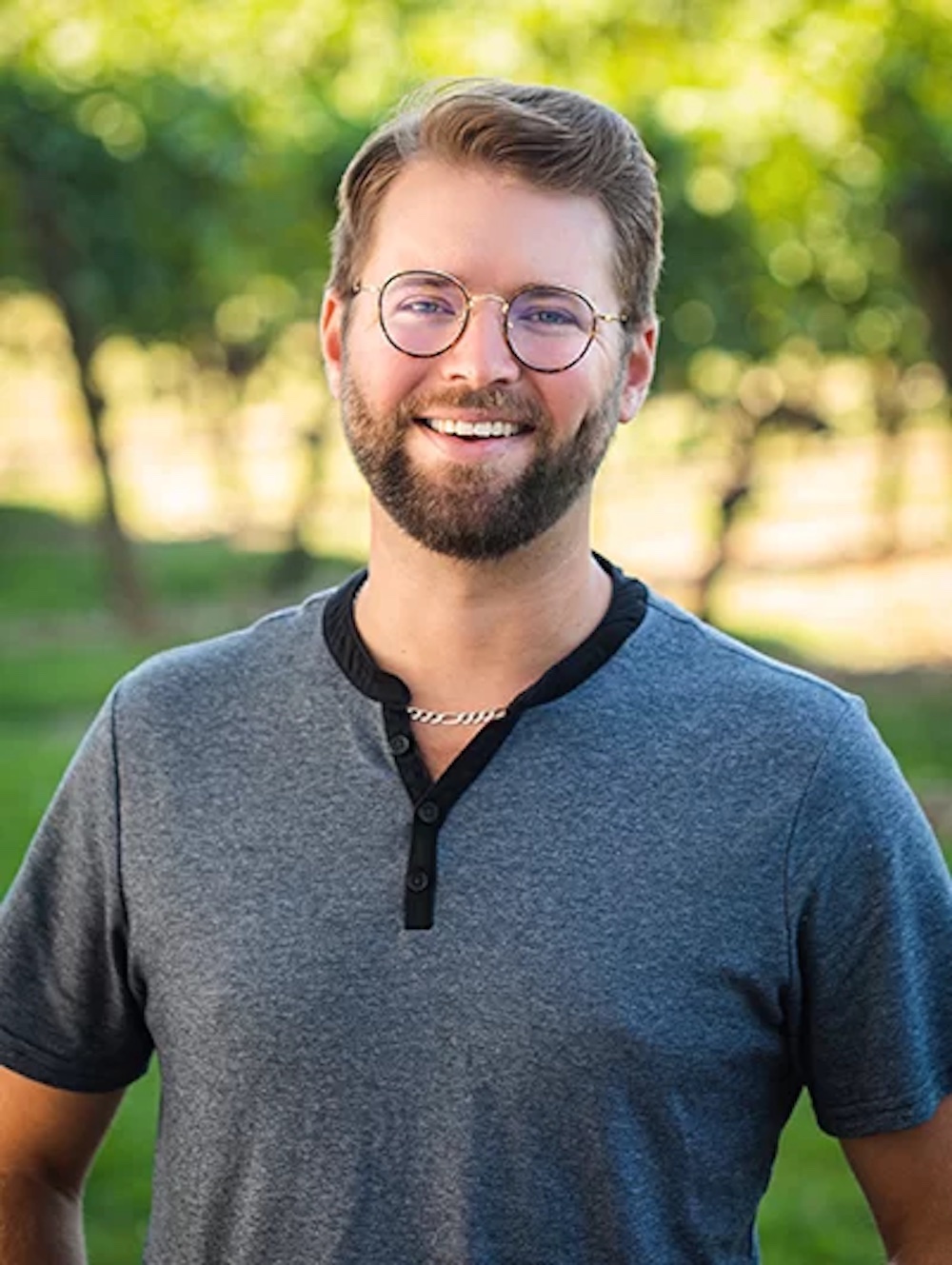
Phillip Brown, above, is moving from Niagara-on-the-Lake to the Beamsville Bench and is taking on the role of winemaker for Kew Estate Vineyards and associate winemaker for Domaine du Clos Jordanne. Brown has worked closely with Bachelder on the Le Cos project since its rebirth in 2017 and his passion for terroir-driven wines has inspired him to continue the journey at Domaine du Clos Jordanne, said Arterra in a news release. Bachelder, the founding winemaker for Le Clos, will continue to be the head winemaker. “I am thrilled to embark on this new journey with Phillip,” said Bachelder. “His passion and expertise promise to invigorate our winemaking process, and I look forward to many years of collaboration and craftsmanship together.”
Other changes at Arterra include Chris Holman moving into the position of estate winemaker at Jackson-Triggs. Holman has completed multiple vintages across Canada, including both the Okanagan Valley and Niagara Peninsula, as well as harvests in Australia in both Tasmania and McLaren Vale.
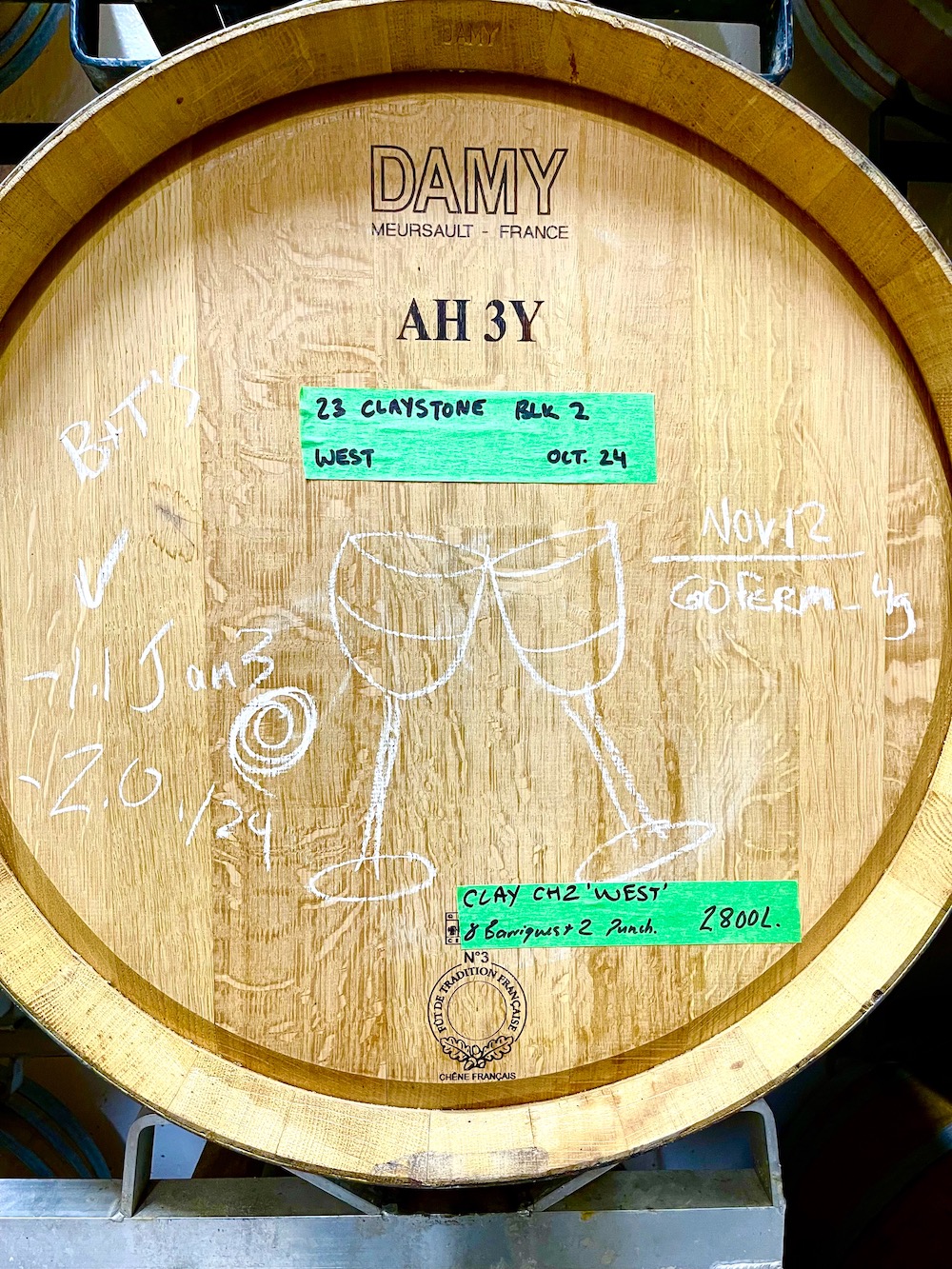
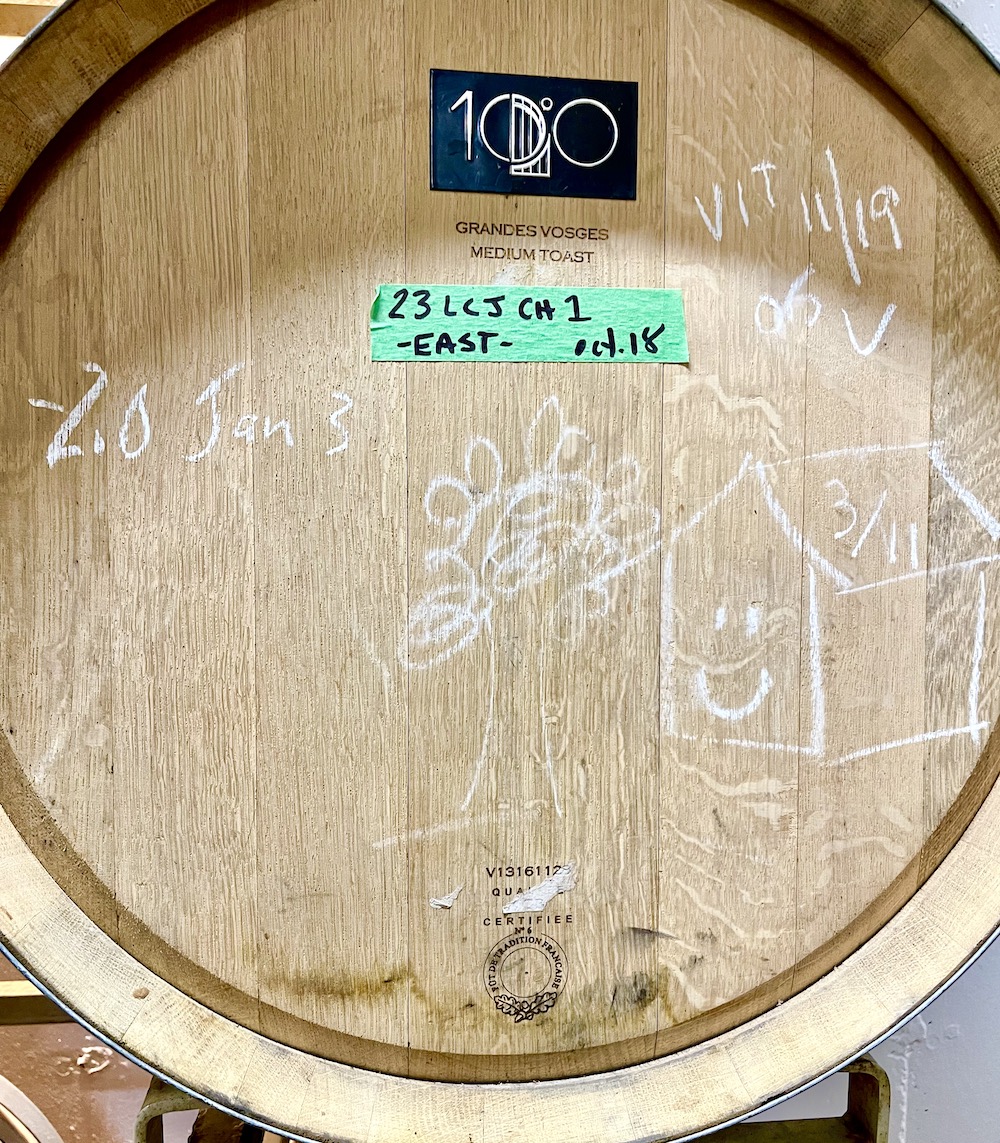
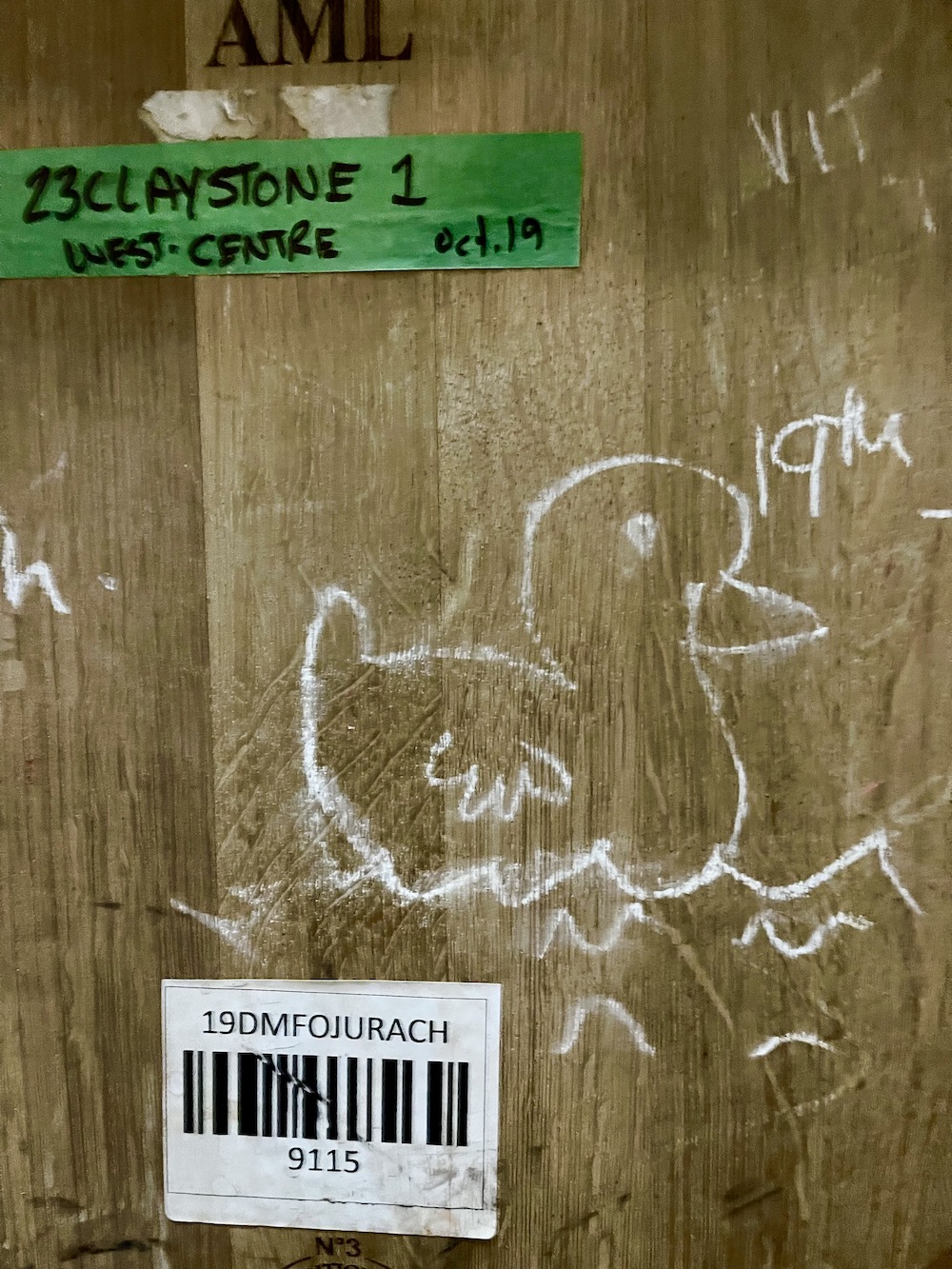
He joins cellar master Kerri Crawford, already at the new site and working on the progression of the barreled 2023 wines. Her enthusiasm for the Domaine du Clos Jordanne project is evident on all the barrels she presides over — the clinking of glasses drawn with chalk, a happy duck on a pond, a house with a smiley face beside a big tree and cryptic notes written in the code of winemakers showing the progression of sugar and acids in wines as they age gracefully in used oak barrels.
Nabil Goher is moving into the sparkling and white winemaking role at the Niagara Falls location. He has held the role of red winemaker since 2017 and has contributed significantly to a range of brands at Arterra.
“We’re excited to foster new opportunities for our talented winemakers at Arterra,” said Levi De Loryn, Arterra’s director of winemaking. “It’s a testament to our dedication to excellence. By enhancing our winemaking capabilities and production, we’re not only strengthening Canada’s position as a producer of world-class wines, but we’re also providing our winemakers with a platform to showcase their skills on a global stage.”
A brief history of Domaine du Clos Jordanne
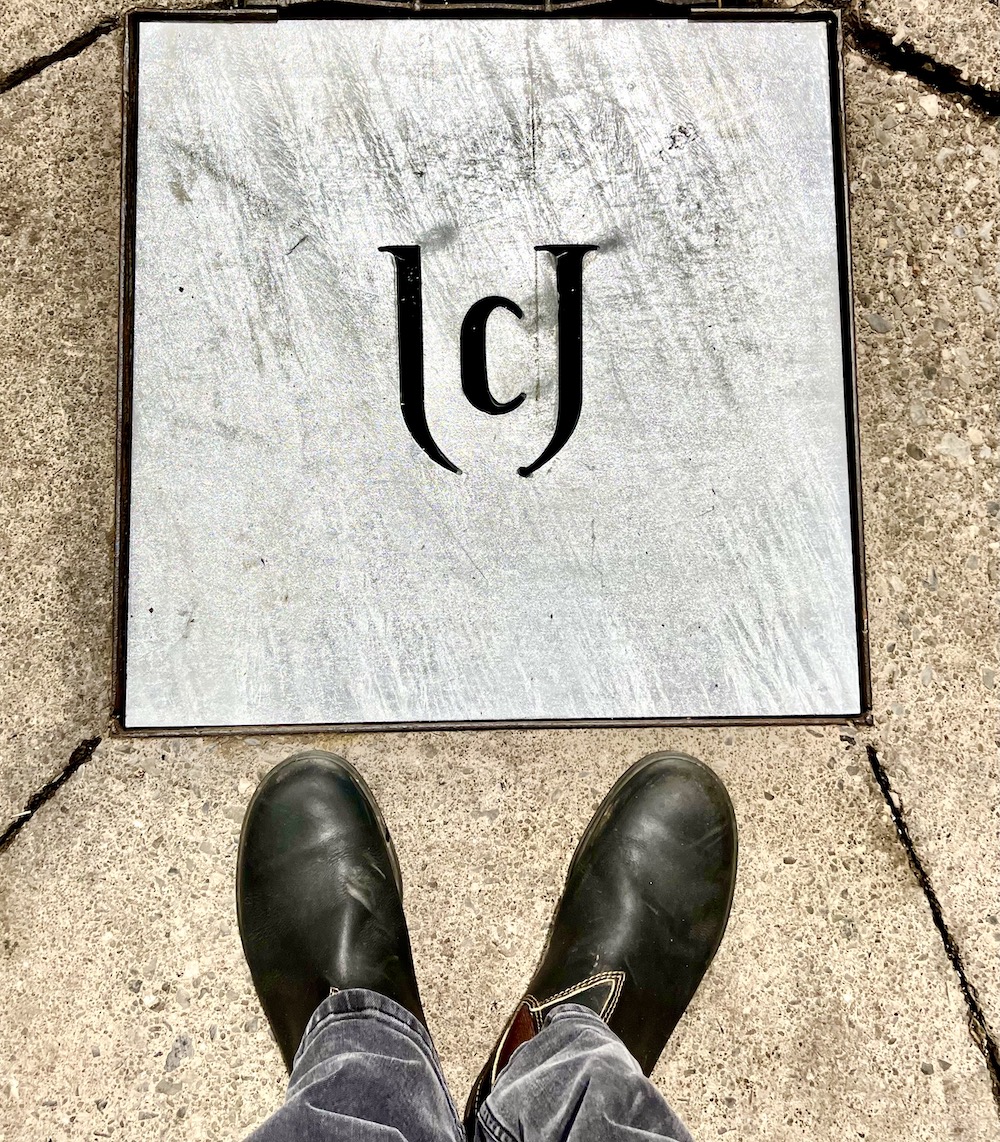
If there is another brand/winery/domaine in the history of Niagara wine with a more colourful timeline, I do not know of it.
It all began in the summer of 2002 with a shocking announcement that reverberated throughout the Canadian wine industry. I was living and writing about wine in Calgary at the time and was invited by Vincor Canada for a special announcement in Niagara. The wind was howling on the Niagara Escarpment as busloads of wine journalists and dignitaries arrived at a tidy clearing in the middle of a young vineyard, where a giant white tent had been erected. The juggernaut that was Vincor was on a roll, swallowing up wineries, vineyards and assets like a kid collecting candy on Halloween.

But this was different. Le Clos Jordanne was unlike anything else in Canada at the time. Burgundian-style Pinot Noirs and Chardonnays, meticulously crafted from grapes grown in pristine estate vineyards, promised to lift the reputation of an industry desperate for attention on the world wine map.
With gasps from many who had gathered on that warm day in July, Vincor, along with its French partner Boisset, unveiled a grandiose Frank Gehry winery design that was to be built in the very spot we were standing. And it was breathtaking.
The Canadian-born Gehry, speaking via satellite link from California on this day, described the futuristic winery roof as “a silver cloud floating over the vineyard with the winery spreading out beneath it.”
It was to be sited in the centre of Le Clos Jordan’s main namesake vineyard surrounded by an environmentally protected forest and woodlands that were hidden from view, some 1,500 feet from the nearest road. It would be the grandest of all wineries in Canada once it was completed by 2010.
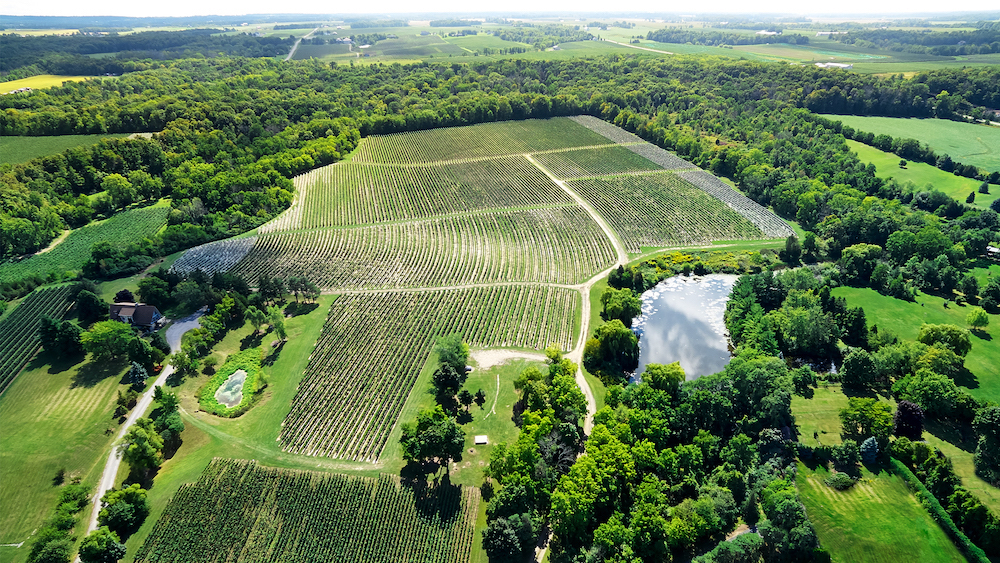
Zoom ahead a few years. The clearing in the Le Clos Vineyard where Gehry’s winery was to be built had long been planted over with more vines. That Gehry-concept winery dream died long ago. And it would be a few more years before the dreams of all the men who built Canada’s largest wine company would also suffer the same fate when Vincor sold to the U.S. giant wine company Constellation Brands on June 1, 2006, for $36.50 a share plus a 15% dividend. It maintained the core Vincor brands in Canada, including Le Clos, but there had been signs in recent years that the coveted Les Clos single-vineyard wines were falling behind in stature at head office.
First there was Bachelder’s departure in 2009. His replacement, Sebastien Jacquey, stayed on long enough to see the brand move from its own independent location in Lincoln to the company’s main industrial winery in Niagara Falls. Jacquey then bolted the brand and moved to Megalomaniac.
In 2010, Les Clos trimmed down the portfolio of single-vintage wines. Both the Talon Ridge and La Petite Vineyards were cut from the program with the fruit from those vineyards going into the Village Reserve wines.
So, given the signs, it was really no surprise that the glorious run for Le Clos Jordanne was now over.
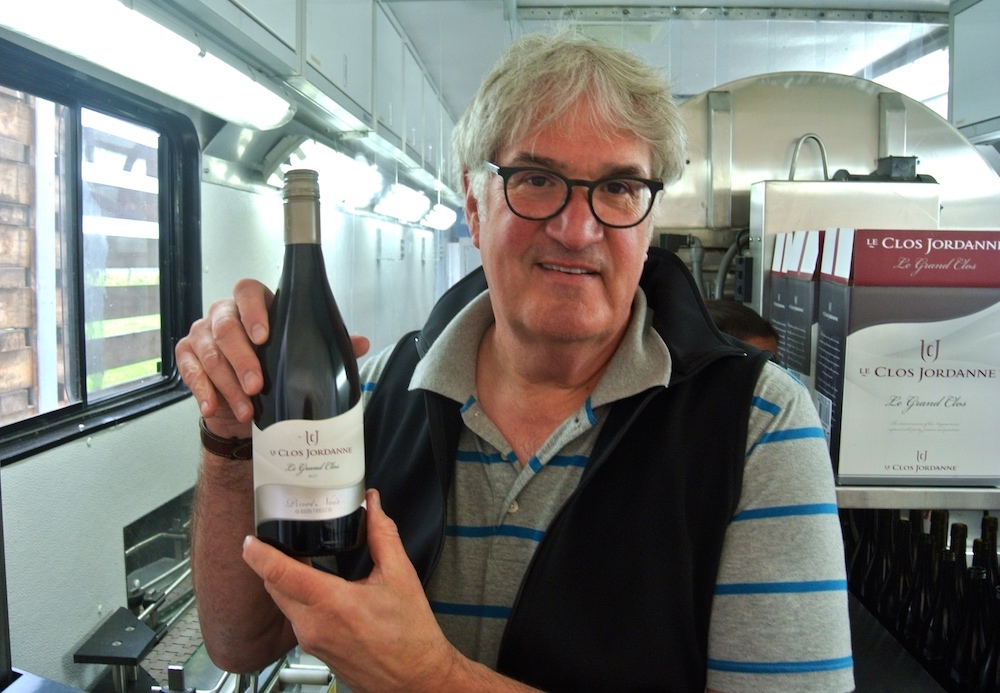
The project, despite the winery never being built, had always produced some of this country’s most profound Pinot Noirs and Chardonnays. I have tasted nearly every Le Clos wine from every vintage since it was launched. I can only think of one other brand that I have tasted completely from beginning to current vintages, and that is Bachelder’s own Niagara wines.
Bachelder said at the time, “Someone’s going to get those vineyards, some day. It’s amazing (that the brand has closed), but the Phoenix will rise from the ashes.”
And it did. The Ontario Teacher’s Plan acquired Constellation Brands Inc.’s 5 million-case Canadian division in 2016 and in June 2019, the new company, called Arterra Wines Canada, announced a renewed partnership with Bachelder to rebirth the wines of the Le Clos Jordanne and bring the prominence of this great project back into the Canadian and international spotlight.
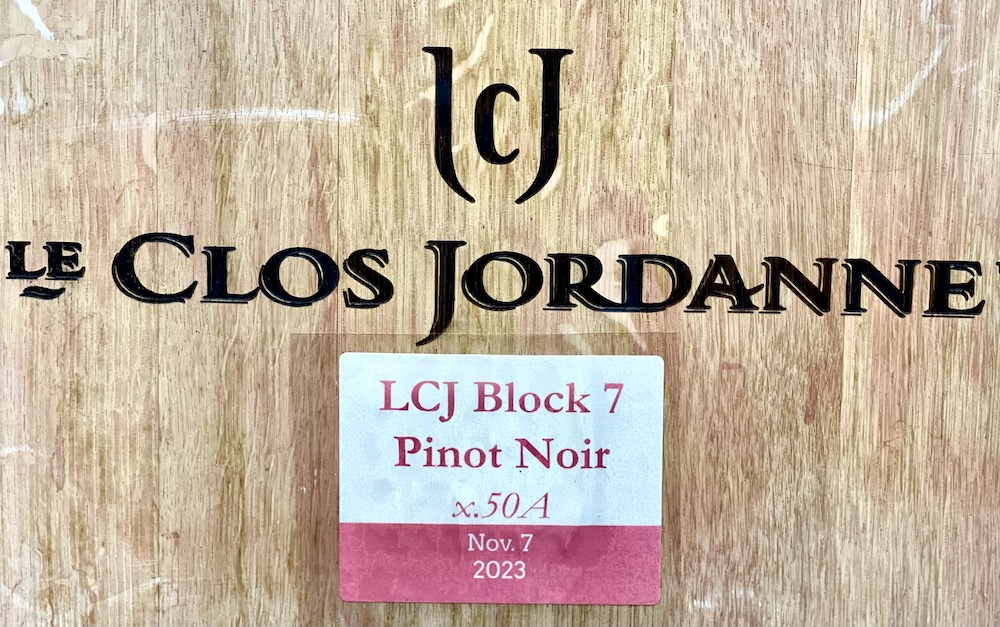
The first wines from the reborn Le Clos brand were released in 2019 with the 2017 Le Grand Clos Chardonnay and Pinot Noir. And the portfolio has grown from there with Village wines and single vineyard wines more recently.
With the purchase of Angels Gate and an ambitious plan to build a home specifically for Domaine du Clos Jordanne, this iconic brand is set to come full circle with the original vision. “We don’t know the exact shape of the future,” said Bachelder last week as we tasted barrel samples, “but we’re going to figure it out.”
You can’t taste on an empty stomach
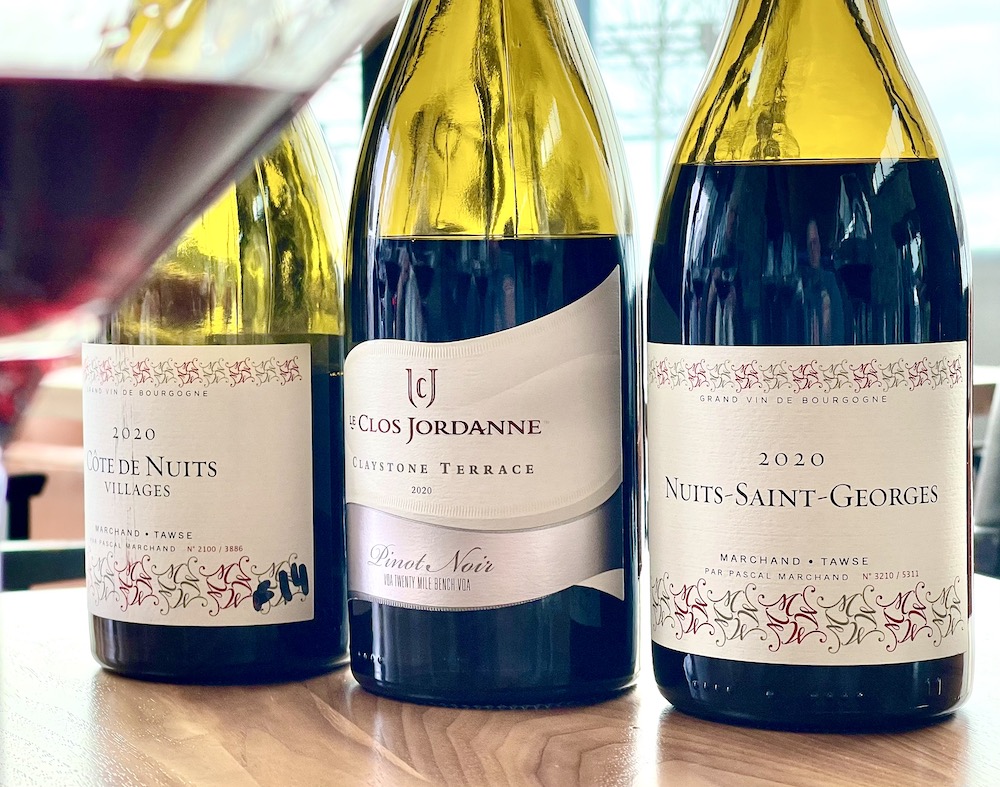
If I had to list the three loves in Bachelder’s life in order, it would go like this: His family, his wines, and three, his food. And, in his world, those last two go hand in hand.
Before we embarked on an afternoon of intense barrel tasting, Bachelder suggested we grab lunch at the Moray Tawse owned Redstone Winery and Restaurant, where executive chef David Sider has presided over the menus of the Vineland establishment since 2015. It was an opportunity to retaste the finished Le Clos Jordanne Claystone Terrace Pinot Noir 2020 alongside some nice bottles from Burgundy.
We were gifted a glass of the Marchand-Tawse Côtes du Nuits Village 2020 by our friendly server and Bachelder ordered a bottle of Marchand-Tawse Nuits-Saint-George 2020 for comparison with the Le Clos. The Niagara wine and two Burgundy Pinot Noirs were all from warmish vintages and Bachelder is constantly comparing the wines he crafts to other top producers of Pinot Noir and Chardonnay the world over.
The Burgundy-based Marchand-Tawse is a collaboration between Moray Tawse and another French Canadian, Pascal Marchand, which they established in 2011, and now have found a home on the wine menu at Redstone.
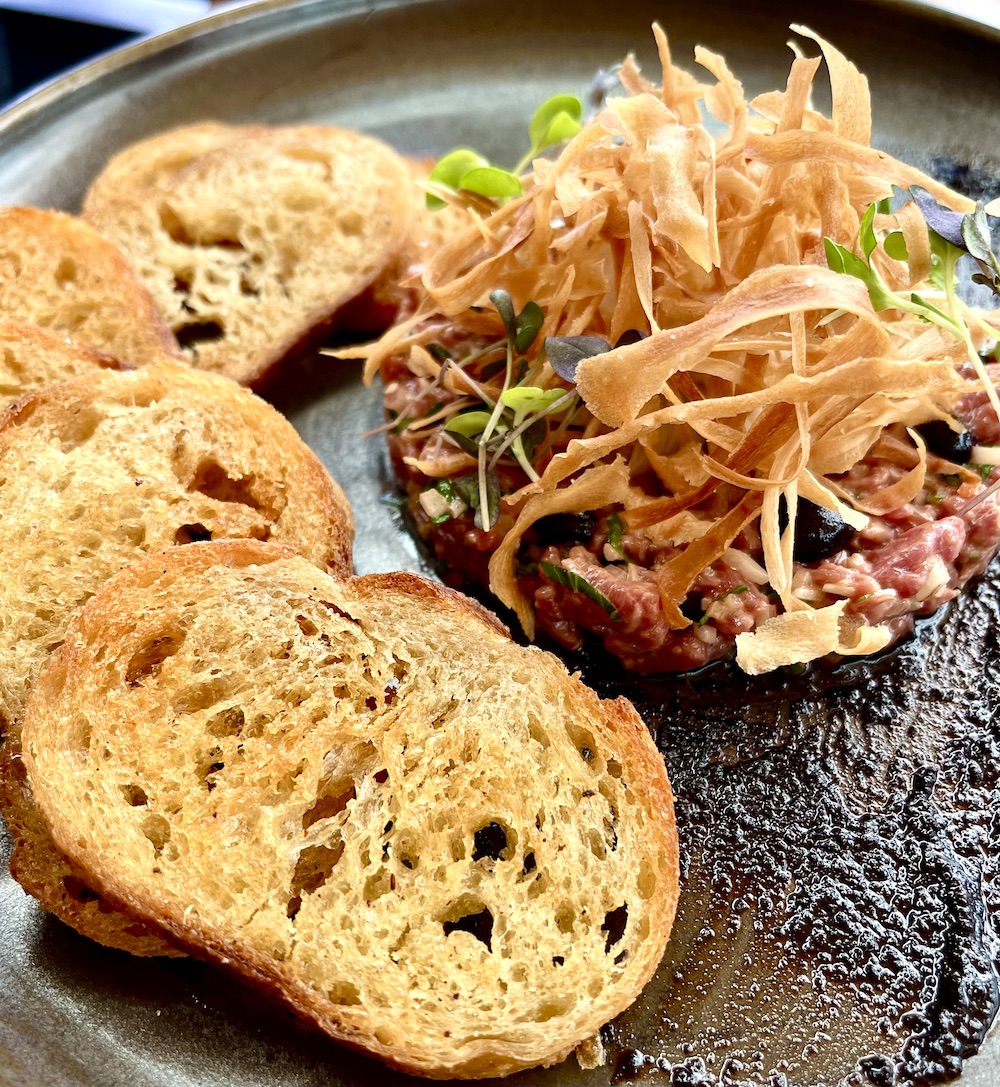
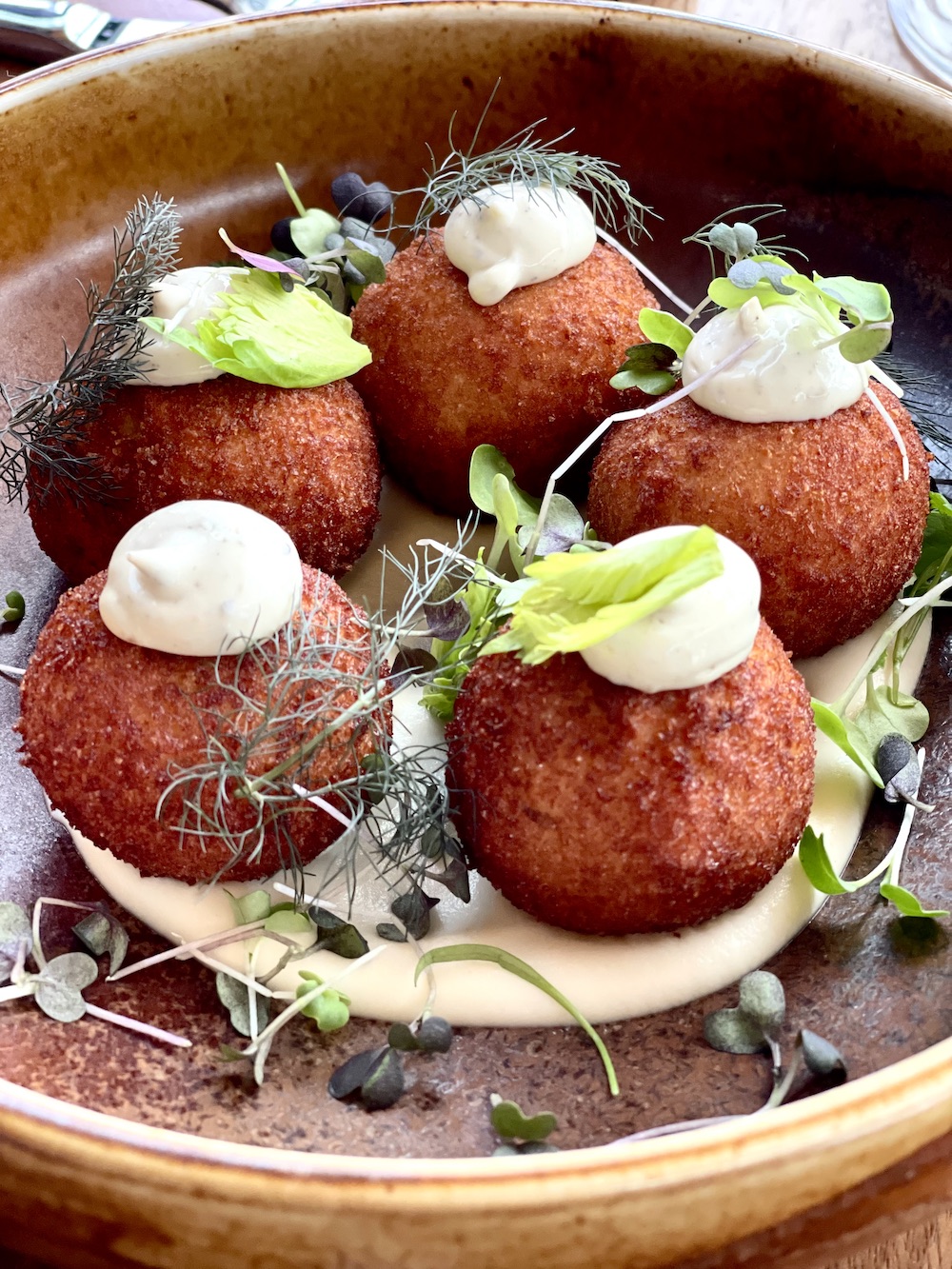
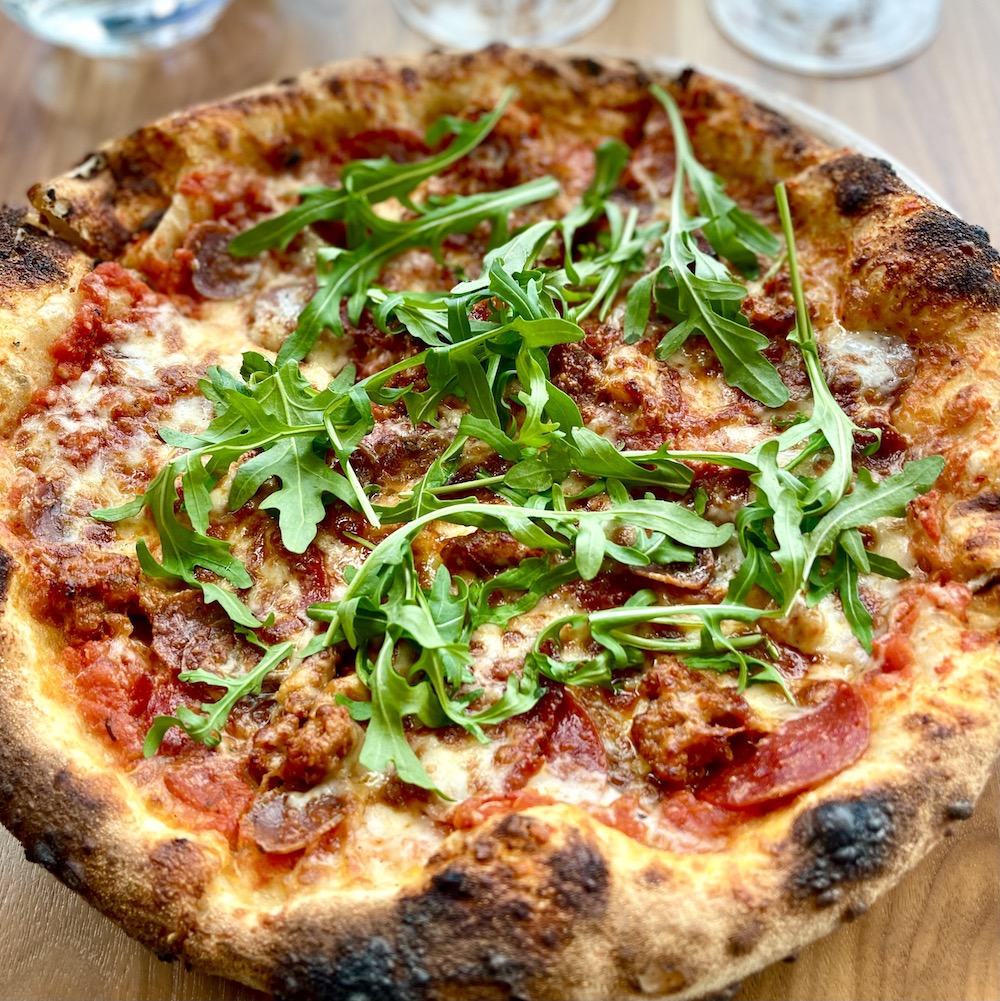
As Bachelder perused the menu, his eye immediately went to the Redstone beef tartare with black olive, blueberry, pickled fennel, parsnip and baguette crostini and the celeriac arancini with celery, gruyere, and truffle aioli. He fretted over the tartare, he really, really wanted it, but after taking the time to call his wife Mary Delaney to see what she wanted for dinner — smash burgers — he ruled against a beef dish for both lunch and dinner. When it was time to order, I quickly chose the meat pizza with ‘nduja, soppressata, pepperoni, spicy cacciatore, mozzarella and arugula. Bachelder did a flip-flop and went with — you guessed it! — the beef tartare. What?!?! Whatever happened to the beef overload? He justified it by blaming it on research, the three Pinots on the table and beef, a perfect match. I blame will power.
It was a fascinating comparison between the Claystone and two Burgundians on the table. The Marchand-Tawse Côtes du Nuits Village 2020 had subtle floral aromas, fresh raspberries and strawberries with earthy/savoury notes and a silky texture with integrated spice. The Nuits-Saint-George 2020 was meatier, more floral, and complex with red and dark berries, anise, bloody-iron notes, more structured and was spicier with a long, finessed finish that promises more of everything with some aging.
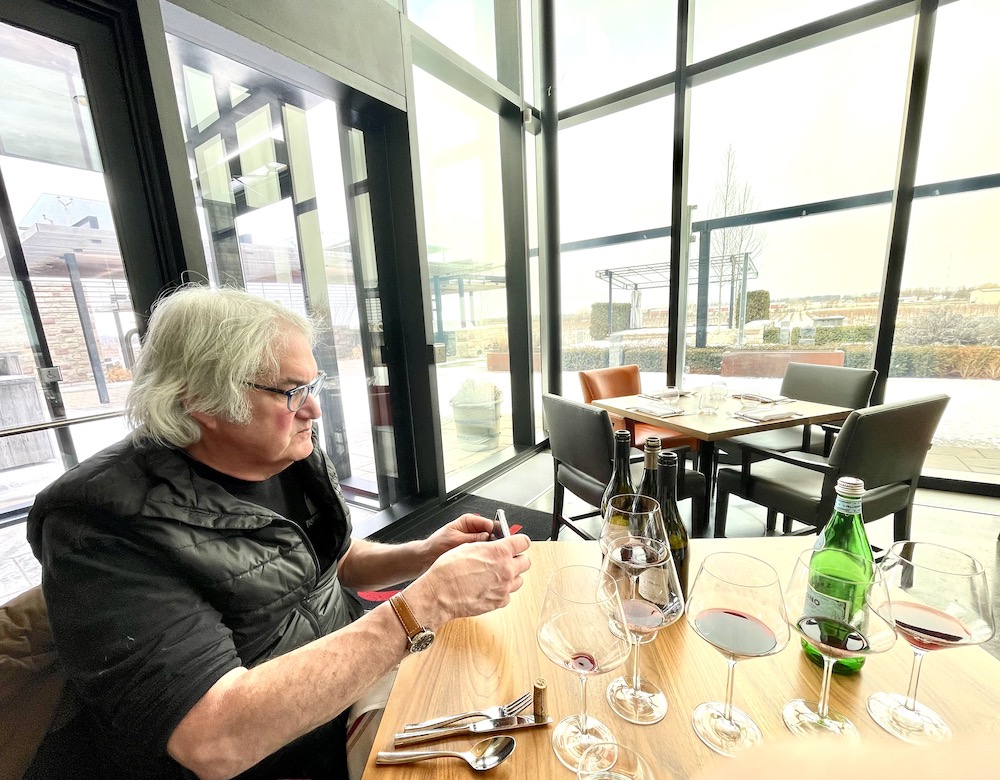
The Le Clos Jordanne Claystone Terrace Pinot Noir 2020, tight and restrained when I last tasted it, was beginning to open up with a lovely perfumed and minerality note on the nose and a melange of wild black raspberries, dark cherries, red currants, soft spices and a floral note. It’s layered and structured on the palate with forest berries, crème de cassis, some ripe tannins and complexity. The Niagara Pinot Noir can’t be described as similar to the Burgundians, but it certainly wasn’t out of place on the same table with the food we paired it with.
And on to the barrel cellar we went with a belly full of food and Pinot Noir and Chardonnay on our minds.
A trio of other Niagara wines tasted recently
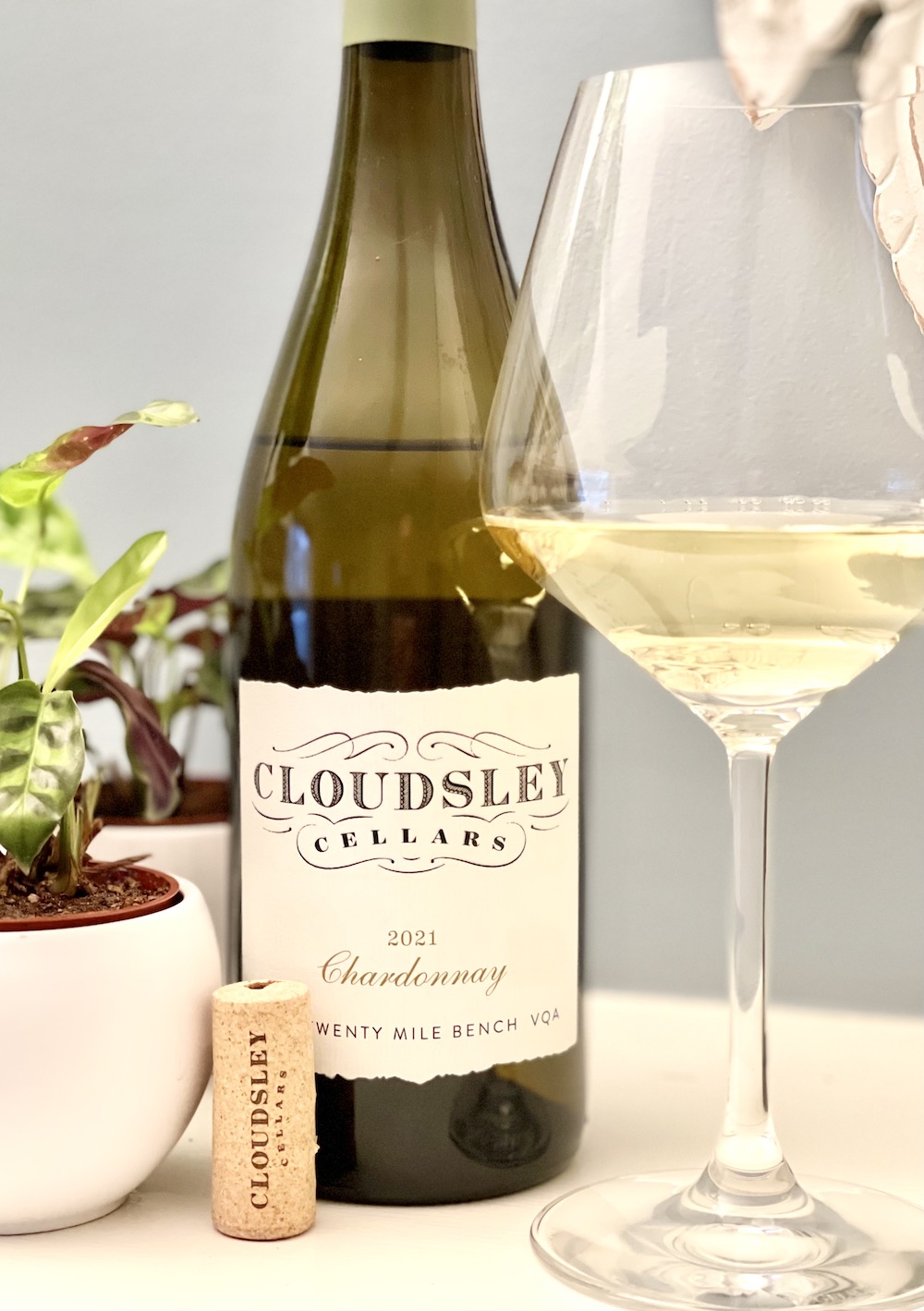
Cloudsley Cellars Twenty Mile Bench Chardonnay 2021 ($37, new release, 92 points) — This Twenty Mile Bench Chardonnay is a blend of two Wismer vineyards, Foxcroft (80%) and Wingfield (20%). The wine is barrel fermented with wild yeast and spends 18 months in French oak, 30% new oak. Such a racy, saline nose with perfumed pear, bergamot, ripe pear, grapefruit, toasty spice notes and flinty minerality. It has a rich and creamy texture on the palate with notes of yellow apple, pear, stony minerality, elegant/toasty spices, and a clean, fresh, lifted, and vibrant finish. Spot on Twenty Mile Bench personality. Can cellar 4+ years.
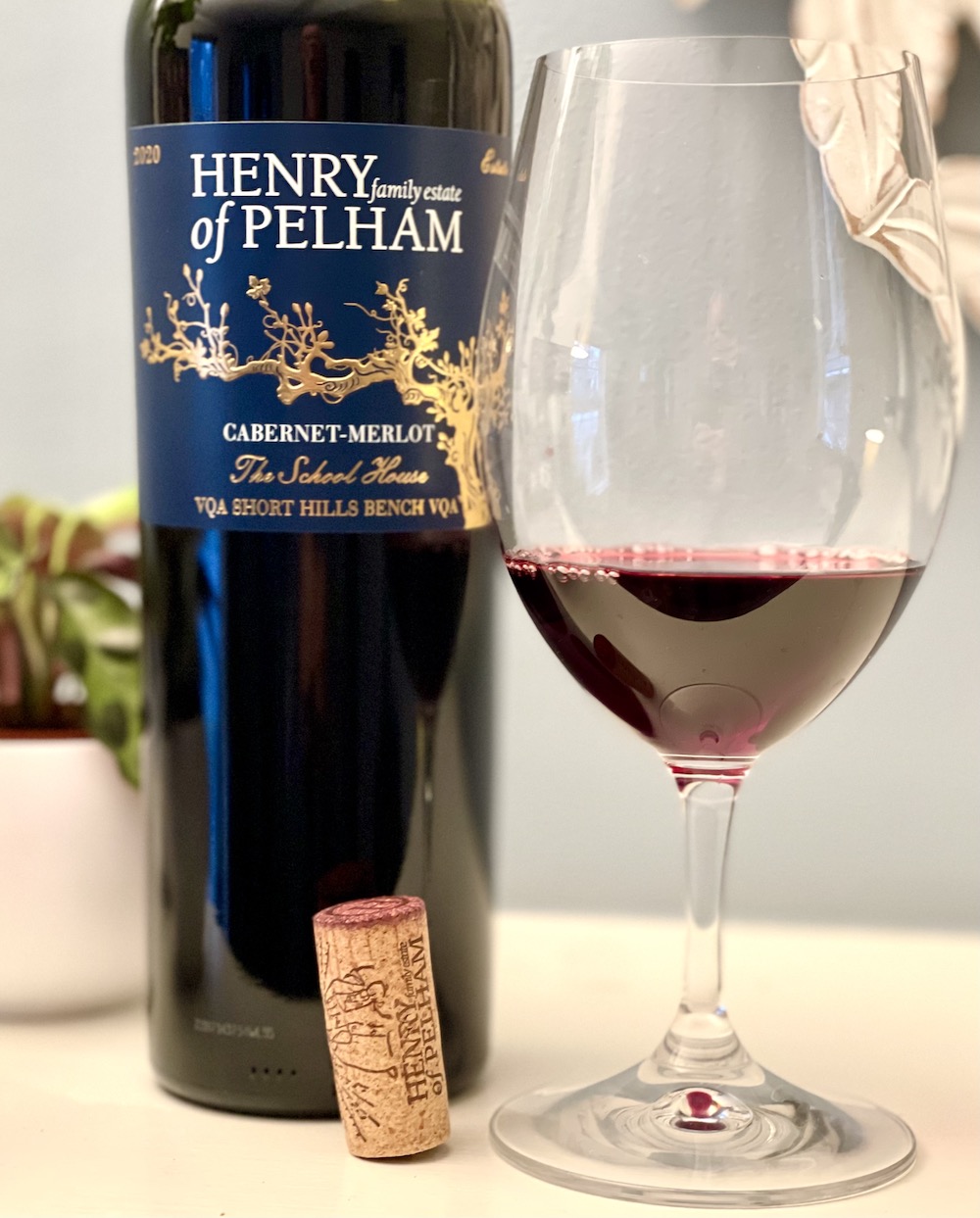
Henry of Pelham The School House Estate Cabernet Merlot 2020 ($28, winery now, Vintages Sept. 7, 91 points) — The hits just keep on coming from the spectacular 2020 vintage that just won’t quit. Here’s another late release red blend from Henry of Pelham’s Short Hill Bench vineyards. The wine is aged in French and American oak (30% new) for 10 months with extended bottle age. It has a vivid nose of black cherries, plums, anise, black currants, and rich spice notes with earthy undertones. The tannins are plush and plentiful with notes of black cherries, jammy raspberries, eucalypt, anise/fennel accents, subtle tar, and graphite with a lifted, long finish. You can age this for 7+ years.
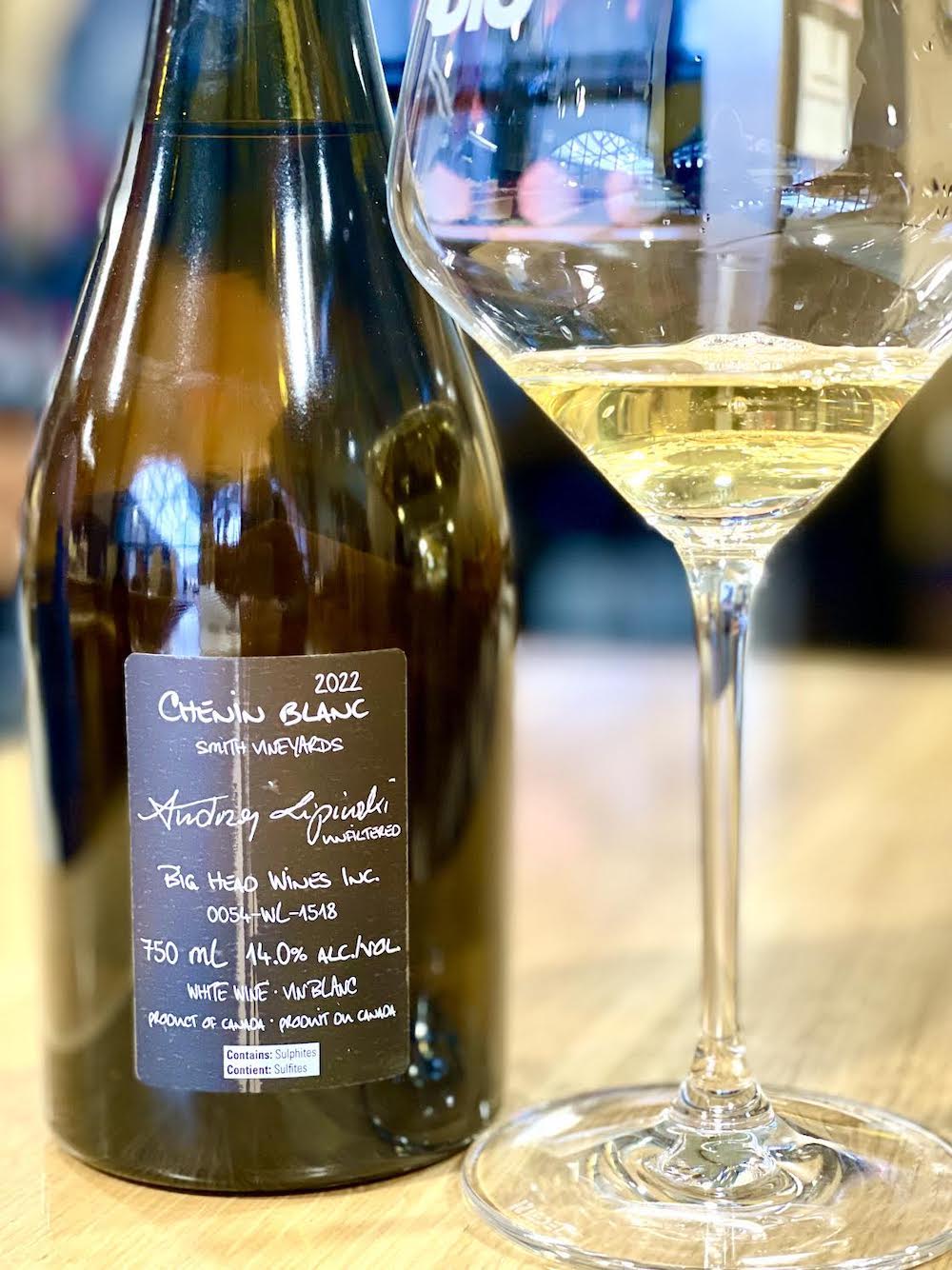
Big Head Raw Chenin Blanc 2022 ($45, March release, 92 points) — With the announcement that Big Head Wine founder and winemaker Andrzej Lipinski was named a “Master Winemaker” at the Wine Paris — Vinexpo event on Feb. 11 for his Big Head Raw Chenin Blanc 2017, I just had to race over to the winery to grab a bottle to see what all the buzz was. Alas, it was sold out long ago, but I did manage to get a preview of the most current vintage, the 2022 version, being released next month. The Chenin grapes were harvested with a significant amount of botrytis-affected fruit. Initially, it underwent seven days of carbonic fermentation in a 6000L concrete vessel before pressing the grapes into smaller concrete and terra cotta tanks to complete the fermentation process. Ambient fermentation concluded after three weeks. The wine was transferred to a 2000L concrete diamond to rest on its lees without stirring. Aging was completed in the 2000L concrete tank after 10 months, and it was bottled unfiltered. There’s intensity on the nose with notes of apricot tart, yellow apple, ripe pear, honey/beeswax/lanolin, and candied citrus. It has a lovely texture and freshness on the palate with ripe exotic flavours of guava, quince, apricot, a touch of ginger, subtle honey notes, and all leading to lively finish. Should age nicely for the next 4-5 years, but attractive right now.


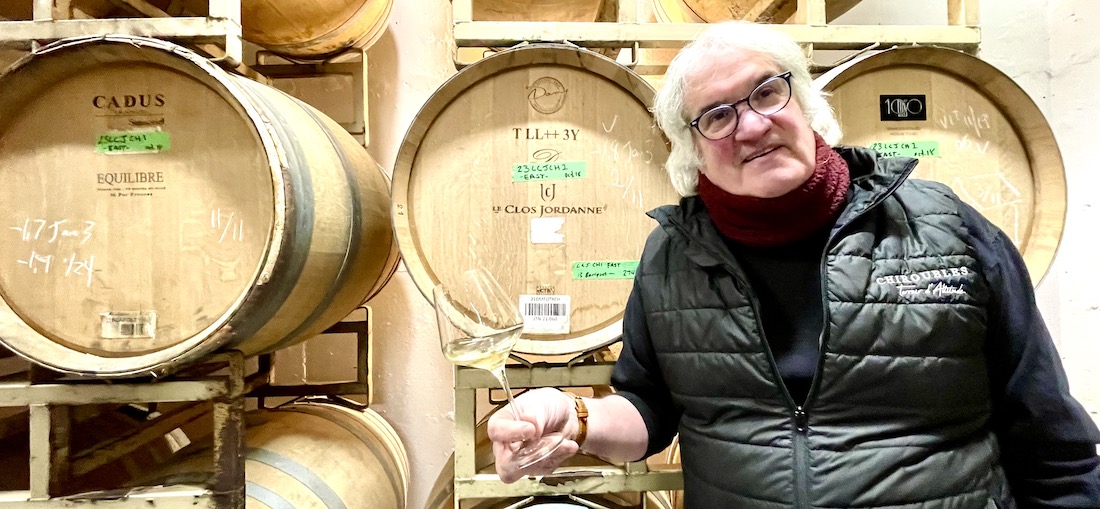





Comment here